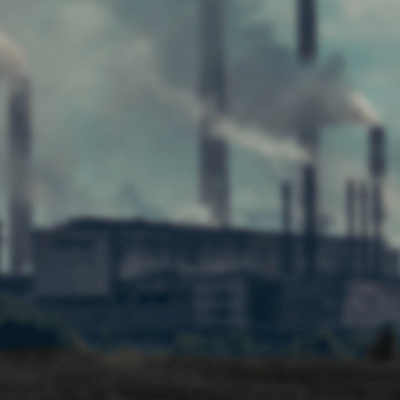Product introduction
PM2.5 is the most heard air pollution indicator in our daily life. Especially in winter, the PM2.5 concentration will exceed the standard. Exposure to PM2.5 pollution significantly causes adverse health impacts. Children and allergy sufferers are the most likely to be more susceptible to PM2.5.
PM2.5 are fine particles containing carbon and absorb various toxic
substances on their surface, such as dioxins, environmental pollution, polychlorinated biphenyls (PCBs), polycyclic aromatic hydrocarbons (PAH), tiny heavy metals, benzene, etc. These substances can easily pass through the lung barrier and penetrate human body cells, causing a threat to human health. Most PM2.5 is human-made air pollution or sand and dust in the natural environment, such as vehicle exhaust emissions, cigarettes, waste smoke from combustion, soil dust,
microorganisms, or mold spores.
When human inhales such harmful substances, our body will
activate the detoxification mechanism to break down the toxic substances and excrete them out of the body. If these toxins are not excretion immediately, they will form carcinogenic factors and cause cancer.
Due to human genetic variation, each person has a different ability
metabolizing these harmful substances, and the risk of causing cancer is also different. Therefore, by eliminating carcinogens genetic testing can help people understand their body's ability to detoxify and try to avoid or reduce inhalation of harmful substances. Moreover, improve the ability to remove toxic substances from the body, and reduce the occurrence of diseases.
Detected gene
CYP1A1
The CYP1A1 gene is one of the members of the first-stage CYP detoxification family, which is involved in the metabolism of many environmental carcinogens, such as polycyclic aromatic hydrocarbons (PAHs), aromatic amines, and heterocyclic amines. This carcinogen is found in coal, coke, smoke, smoking, kitchen fume, burnt and burnt food, etc. CYP1A1 converts carcinogens into intermediates that are harmful to the body, and then the second-stage detoxification genes clear the intermediates.
Nrf2
The Nrf2 (NFE2L2) signaling pathway regulates the gene expression of antioxidant and second-stage detoxification enzymes. When the oxidative substances reach a specific concentration in the cell, the Nrf2 signal will be activated to reduce the oxidative stress in the cell. Oxidative stress is one of the causes of chronic diseases, such as cardiovascular or neurodegenerative diseases, which the activation of the Nrf2 signal would reduce. Thus, the Nrf2 signal is an essential mechanism for protecting the body.
NQO1
Long-term exposure to the organic solvent benzene will increase the toxicity of blood cells and cause cancer risk. Benzoquinone is one of the main carcinogens that is incredibly harmful to the human body. Benzoquinone is an intermediate product converted from benzene by the first-stage detoxification gene. So, it is necessary to quickly convert benzoquinone into water-soluble hydroquinone (hydroquinone) through the second-stage detoxification gene NQO1 and excrete it from the body through urine or sweat. So, when the NQO1 gene produces deficiencies, it increases benzene poisoning risk.
SOD2
Superoxide Dismutase (SOD) is an active substance derived from organisms that can eliminate harmful substances produced in the body during metabolism. The human body must undergo many biochemical reactions to maintain normal physiological functions. These biochemical reactions will be accompanied by producing harmful free radicals, such as environmental pollution, etc. Gene mutations may lead to the insufficient antioxidant capacity of cells and affect human metabolism.
GSTM1, GSTT1
GSTM1 and GSTT1 affect the content of vitamin C in the blood. Vitamin C intake should be increased if one of the genotypes is deficient. If both genotypes are deficient, the concentration of vitamin C will be 20% lower than usual, affecting the Antioxidant capacity in the body.






 Maybe you will be interested
Maybe you will be interested